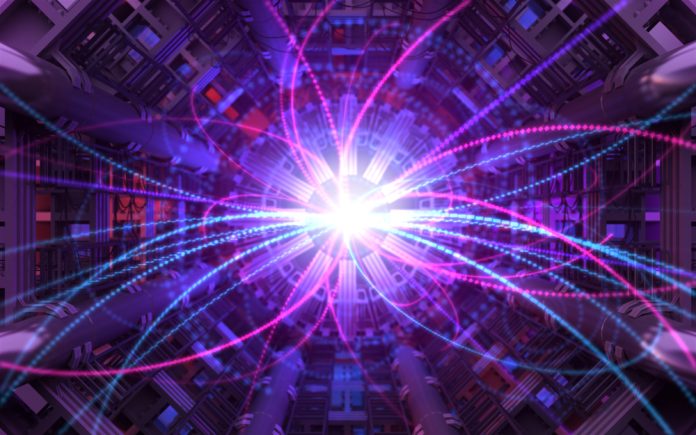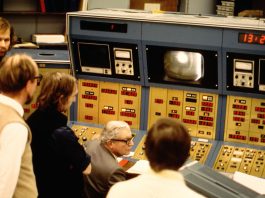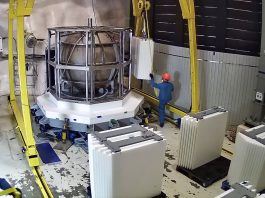The elusive Higgs boson particle, discovered at CERN’s Large Hadron Collider (LHC) in 2012, has become a cornerstone for understanding particle physics and the Standard Model.
However, scientists are still grappling with one major question: could interactions between Higgs bosons unlock insights into new physics?
Recent experiments from CERN’s ATLAS collaboration are delving deeper into this possibility, combining precision measurements of Higgs boson properties with the ongoing search for clues of unknown physics beyond the Standard Model.
Standard Model exploration and the search for new physics
The LHC is renowned for its success in confirming the Standard Model, a framework that describes fundamental particles and their interactions.
The Higgs boson, identified as the particle that gives mass to other particles, was the last missing piece of this puzzle.
Yet despite its profound impact, scientists are also left with frustration: despite extensive exploration, no direct evidence has emerged pointing to physics beyond the Standard Model.
Researchers at CERN are now innovating their approaches, using highly advanced techniques to probe whether Higgs bosons could be gateways to yet-undiscovered phenomena.
The ATLAS experiment, one of the main experiments conducted at the LHC, has recently focused on studying how Higgs bosons might interact with one another.
This latest study zeroes in on events that could produce Higgs boson pairs, which might then decay into particles like electrons and muons from the lepton family.
Why Higgs boson pair production is key to new physics
Under the Standard Model, pairs of Higgs bosons can indeed be produced, though these events are incredibly rare.
So rare, in fact, that no such events have been observed in the data collected so far. However, some theoretical models extending beyond the Standard Model suggest that Higgs boson pairs could be produced at a higher rate than anticipated.
If scientists detect these interactions using existing data, it could be a breakthrough, hinting at the existence of physics phenomena we have yet to understand.
In the study, ATLAS researchers conducted simulations to model potential signals of Higgs boson pair events.
They then compared these models to existing data from their detectors, using advanced machine learning techniques, including decision trees, to identify possible signals among vast amounts of background noise.
Although no definitive new signals were identified, the work sets the stage for future research, showing the potential of enhanced detection methods.
Overcoming the challenges of detecting Higgs boson interactions
One of the biggest challenges in studying Higgs boson pairs is their rarity. Higgs bosons appear only fleetingly during proton collisions at the LHC, and producing two of them in a single collision is an even rarer event.
This scarcity means that even powerful detectors like ATLAS have yet to observe these pairs. To address this, scientists rely on increasingly sophisticated simulations to predict what these interactions might look like within the Standard Model.
The ATLAS team’s recent analysis applied statistical normalisation techniques to compare simulated signals with expected data patterns, searching for discrepancies that could signal unknown physical processes.
Although no deviations were detected, the work adds valuable constraints to the possibilities of ‘new physics.’ It signals that while any effects of new physics on Higgs boson interactions are currently undetectable, future upgrades at the LHC could provide the sensitivity needed to probe this frontier.
What the future holds
With major upgrades to the LHC slated for the coming years, the collider will soon achieve tenfold increases in beam intensity.
This increase will allow for a far greater number of recorded proton collisions, dramatically improving the potential to detect rare events like Higgs boson pair production.
These forthcoming improvements make scientists hopeful that the next generation of experiments will provide a clearer picture of Higgs boson interactions and possibly unveil signs of physics beyond the Standard Model.
This recent ATLAS experiment study adds an important layer to Higgs boson research, even as it underscores how elusive evidence for new physics remains.
By refining the current limitations on Higgs boson production parameters, scientists can pursue more targeted investigations, and perhaps within the next decade, they will capture the first direct observations of Higgs boson pairs.





